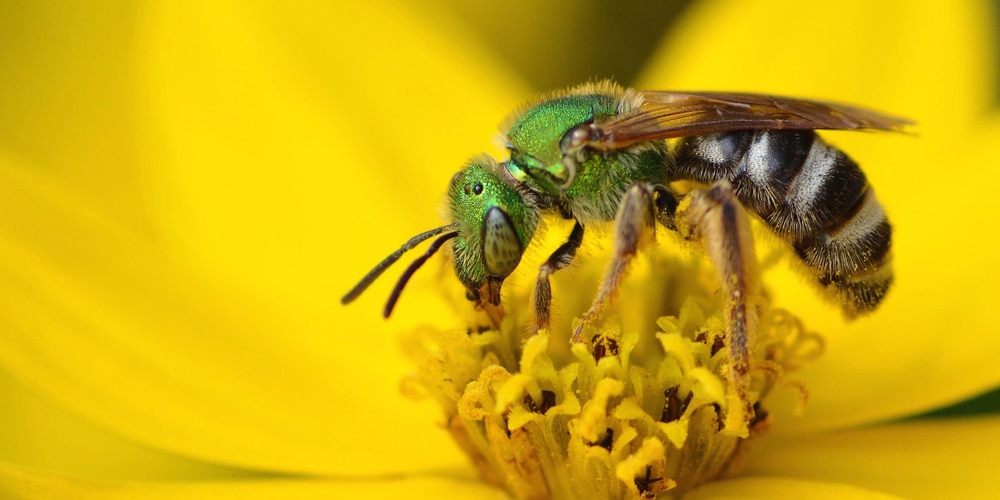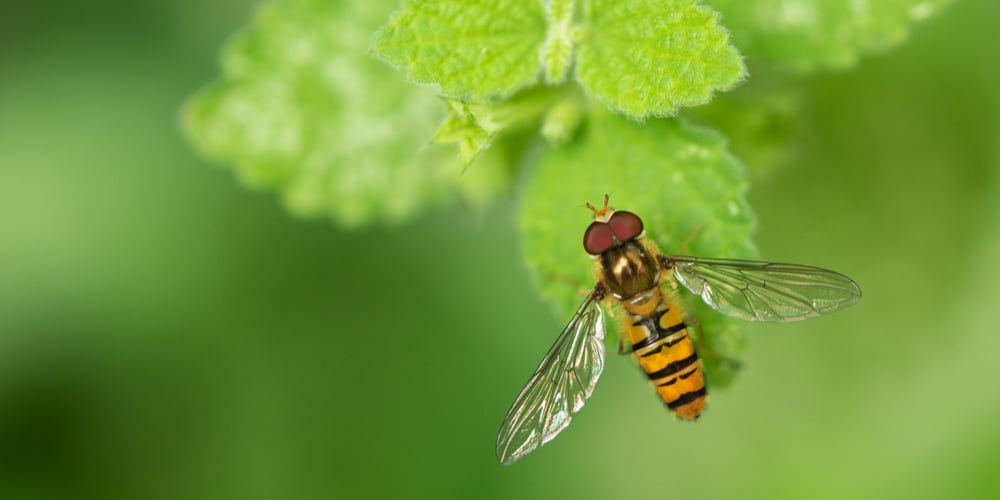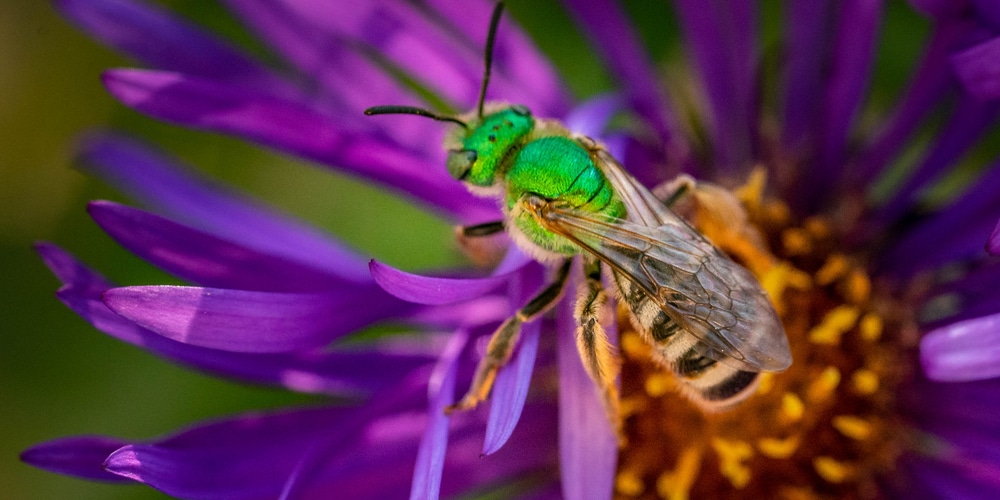As the temperatures rise, we all want to spend more time outdoors. And if you have a garden, you are probably planning to make better use of it. However, sadly, spring and summer are also when insects become more active.
And while not all of them are a nuisance, some can be dangerous. While most of us can distinguish different species of mammals, we have some issues telling insects apart, especially when they look similar.
For instance, do you know the difference between a hoverfly and a sweat bee? Don’t worry: it is not the end of the world! Luckily, you have landed in the right place! Keep reading this essential guide if you want to learn more about hoverflies and sweat bees and how to recognize them!
Hoverfly Vs Sweat Bee: Differences
If you know something about stinging insects, you have already had some encounters with sweat bees. While these insects are not as aggressive as others, they will show you their power when bothered.
And that might happen even as a result of accidental contact with you. But don’t worry: their stings rarely cause severe pain and irritation.
On the other hand, hoverflies do not sting and bear no venom. And while they are yellow and black like the first image of a bee that comes to mind, these insects (as the name suggests) are flies.
Because of their appearance, hoverflies have learned to imitate the behavior of yellow jacket wasps to protect themselves from predators. However, they are harmless creatures.
Sweat bees are metallic in color and are tiny compared to other bee species. Sweat bees are attracted to the saltiness of human sweat, which hoverflies also like.
While the two insects might look similar at first, by looking closely at these creatures, you’ll realize that sweat bees have two wings while hoverflies have four.
In the gardening world, hoverflies are considered beneficial insects. Indeed, they are excellent pollinators and are natural predators of aphids’ larvae, meaning they can save your crops.
Hoverflies
Despite looking like bees or wasps, hoverflies are beneficial flies that play a crucial role in pollinating many plant species. There is some confusion about their name. In some states, people call hoverflies “sweat bees.”
However, as you have seen in the previous section, the two are different insects. The best way to tell if you are looking at a fly is to count its wings. Indeed, all bee species have two pairs, while flies have only one.
As their name suggests, hoverflies can hover: staying suspended in the air. Bees, on the other hand, cannot do that. While hoverflies aren’t dangerous, they find human sweat a delicacy.
On the hottest summer days, you might notice them congregating around your eyes, waiting for a drop of sweat. And that might bother anyone.
However, always remember these insects play a crucial role in your garden’s survival (and health), so avoid taking action to remove them.
Sweat Bees
There are about 500 species of sweat bees in North America. You have probably already seen them without knowing what they wear. Unlike hoverflies, who look like wasps and are black and yellow, sweat bees are usually metallic green, blue, or gray. Most are black or brown with slender and small bodies.
We have mentioned the role of hoverflies in pollination, but let’s not forget that sweat bees also play an essential role in the reproduction of plants. These insects engage with buzz pollination, which involves picking more pollen using their body’s vibration.
Some plants’ pollen is less accessible than others. And because not all bee species can engage with such a technique, some plants depend on sweat bees for survival.


